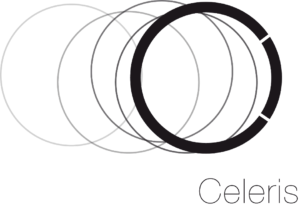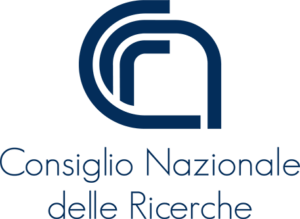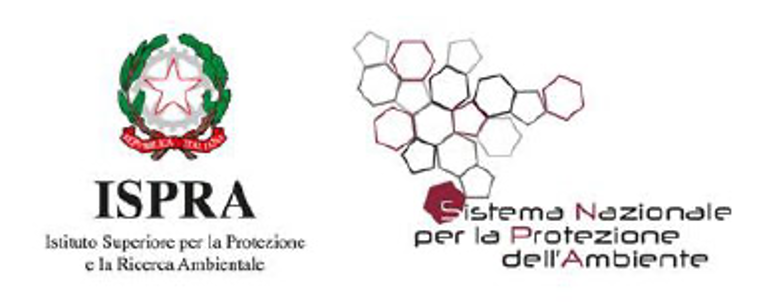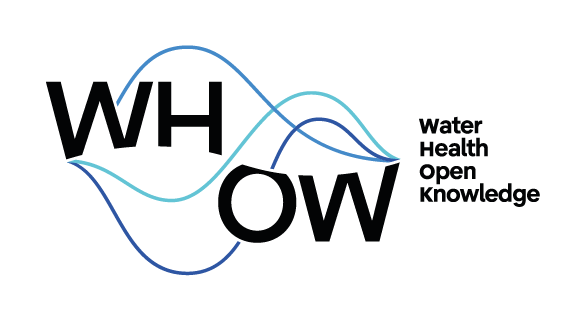About the project
The WHOW (Water Health Open knoWledge) project aims to foster the creation of the first European knowledge graph on water consumption and quality, health parameters and dissemination of diseases to be reused for advanced analysis and development of innovative services.
The project leverages the use of the Open Linked Data paradigm. Water related datasets from European countries and Copernicus (the European Union’s Earth observation programme) will be integrated and made available for re-use on the European Data Portal. Health related datasets from Italy will be identified and correlated to specific water datasets.
WHOW is targeting use cases in the creation of the knowledge graph, identifying and integrating the relevant set of indicators for the Sustainable Development Goals (SDGs), and has embraced a co-creation programme where interested stakeholders and users have been engaged from the initial phases of the project.
The initiative supports the European Public Open Data Digital Service Infrastructure by helping to boost the development of information products and services based on the re-use and combination of environmental data and health data on disease dissemination.
In Europe, legislative measures aim to protect water and its ecosystems, to guarantee sustainable water usage and to reduce risks for human and living beings using a cross-domain approach covering physical, biological, chemical parameters of single water bodies and of the surrounding environment.
Wider availability and higher quality of data on water pollution, water consumption, biodiversity, health parameters can help in better assessing the issues at stake and foster the development of innovative services, allowing decision makers and communities to make more informed decisions on policies and lifestyles.
Europe is still struggling in providing a holistic view on these topics with data fully harmonized in terms of semantics, formats and licences. Even at the national level, datasets from different administrative levels show a fragmented context.
WHOW is addressing these issues by creating of a framework of data, data models and supporting services to provide a consistent view on water and health data to be effectively re-used to foster economic growth and better decision-making.
The framework will be a powerful tool for promoting transparency and attract experts in these areas that will actively participate in the co-creation of the WHOW framework. It should serve as reference model also for re-use outside of Europe.
Partners
Celeris – WHOW Project Coordinator
We are digital services advisors collaborating with companies and regulators to shape the European digital landscape.
The impact of our expert guidance and solutions orientation can be found in payments, eInvoicing, eProcurement, and other areas of the digital services ecosystem.
From 2020, we are moving towards projects that facilitate the use of open data in the environment and health sector, as well.


The innovation and procurement regional Company of Lombardy Region – ARIA S.p.A.
Born on 1 July 2019 to rule public spending and driving the digital transformation of the Public Administration in Lombardy.
As stated by regional and national laws, ARIA comes from the merge of the two public Company of Lombardy Region: ARCA S.p.A.: the Regional Procurement Company (Constituted in 2014) and Lombardia Informatica S.p.A.: the Digital Company and technological growth driver of the Lombardy Regional System (Constituted in 1980).
The result is a HUB of competences to support local authorities in the entire region. The Company acts as an interface for the requirements of Lombardy Region central authority and every Public Entity with head-office in Lombardy (such as the healthcare structures, regional companies and local governmental bodies) and the solutions offered by the market. ARIA is citizen oriented.
The Company operates as link among the Public Administration, the market, Citizens and Companies.
The main purpose is to improve the quality of life and the competitiveness of the companies through innovation and purchases.
The National Research Council – Institute of cognitive sciences and technologies – CNR-ISTC
The National Research Council (CNR) is the largest public research institution in Italy, the only one under the Research Ministry performing multidisciplinary activities.
The Institute is involved in research, enhancement, technological transfer and training activities in the following scientific areas and as far as the following themes are concerned:
Cognitive, communicative and linguistic processes: acquisition, elaboration, deficit, multimodality, communication technologies; Theory, analysis and technology of spoken language and of linguistic variability; Cognitive development, learning and socialization in children and non-human primates; Artificial intelligence, artificial life, artificial societies; Cognitive technologies, neural networks, autonomous robotics; Social cognition: behaviour, motivations, cultural transmission and cultural processes; Decision-making and cooperation technologies; Quality of the environment, health and society: prevention, education, integration, handicap, technological planning.


The Italian Institute for Environmental Protection and Research – ISPRA
is a public research body with legal personality under public law, technical, scientific, organisational, financial, managerial, administrative, patrimonial and accounting autonomy.
The Institute acts under the vigilance and policy guidance of the Italian Ministry of Ecological Transition. The Institute deals with environmental protection, including marine, environmental emergencies and research through monitoring, evaluation, control, inspection and management of the environmental information and it is also the guiding and coordinating body of the regional environmental protection agencies (ARPA).
ISPRA cooperates with the European Environment Agency and with the national and international institutions and organizations operating in the field of environmental protection.


